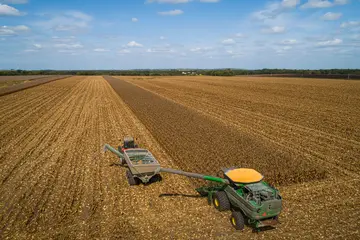Why enzymatic carbon capture has become a technology to be reckoned with
Using enzyme technology to capture carbon from flue gases has long been recognized as a sustainable and energy-efficient method compared to conventional amine technology. Now a large-scale testing program has shown enzymatic carbon capture technology to have a Technology Readiness Level (TRL) of 8. In other words, the same level of maturity as advanced amine and second-generation solvent technology!
Energy saving, non-toxic and non-corrosive

This technological readiness is the latest in a long line of proven benefits. For example, it’s well known that enzyme technology can strip the carbon from flue gases at lower temperatures – saving valuable energy. Secondly, as it’s a benign salt solution with enzymes, it won’t corrode expensive equipment or leave you with toxic degradation products that need additional handling. And finally, by removing the need to use amine solvent, there are no worker health issues to handle and no need to clean the wastewater as the enzymes leave no waste.
So now to the important question: what about the cost of using enzyme technology for carbon capture? Again, the answer reinforces the reasons to believe in the potential of this technology. Using a carbonate and enzyme solution saves 20% on energy cost if waste heat is available. You don’t need to be an economist to see the difference this can make to most plants.
Leading engineering and technological company Saipem and the world leader in enzymes, Novozymes have joined forces to deliver reliable, efficient and sustainable carbon capture solutions based on enzyme technology. And with more than 70 projects in pre-combustion carbon capture and more than 60 years of demonstrated EPC expertise, they are ready to change the future of carbon capture.
If you want to find out more about how enzymes can be used in carbon capture or calculate your savings, visit https://www.novozymes.com/en/solutions/carbon-capture .


